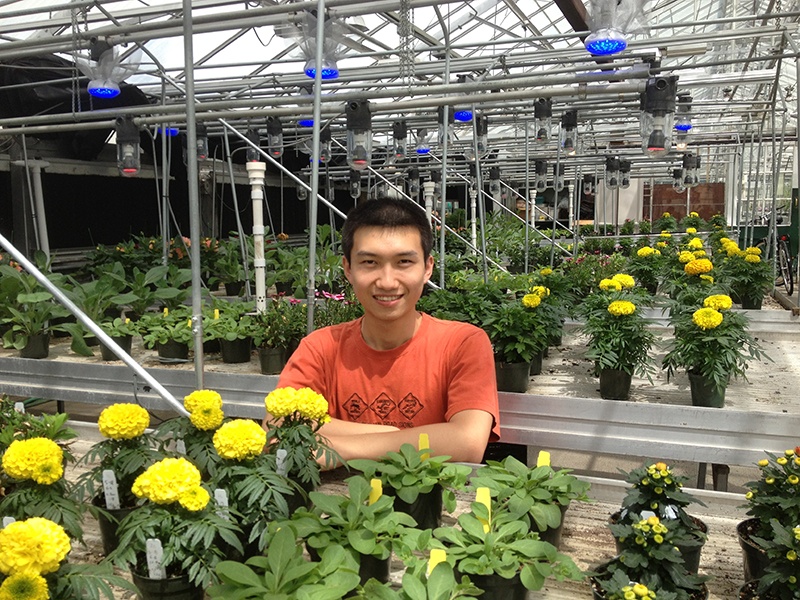
Research at Michigan State University shows growers have a choice when it comes to lights for photoperiodic control.
As light bulb manufacturers phase out the production of incandescent bulbs, growers are looking for replacements to control flowering of ornamental plants. Researchers at Michigan State University have compared the efficiency and efficacy of LEDs for flowering applications with traditional light sources including incandescent, fluorescent and high-pressure sodium lamps.
“After we determined that LEDs were as effective at controlling flowering as other traditional light sources, we began to look more closely at how different wavebands emitted by LEDs actually regulate different aspects of flowering and photomorphogenesis,” said Michigan State Ph.D. graduate research assistant Qingwu (William) Meng. “In our experiments we used experimental LEDs manufactured by a company in Japan called CCS and commercial LEDs from Philips Lighting. For this particular study we used four different LEDs that are commercially available to growers to control flowering.”

Photos courtesy of William Meng, Mich. St. Univ.
Meng used an Apogee spectroradiometer to collect data from the four different LEDs.
“We measured the spectral output from 350 nanometers to 850 nanometers,” Meng said. “We were able to measure the total light intensity from each of the four lamps to quantify the exact spectral distribution.”
Lamp placement impacts light intensity
Meng said he did not compare the light output data he collected with data reported by the light manufacturers.
“It is relatively difficult to find light intensity data from some of the light manufacturers,” he said. “What some companies report in regards to light output is the total photon flux from the light source captured by an integrating sphere device that we don’t have here at Michigan State. Others show a graph of the emission spectrum, but the spectral data are not available.
“For greenhouse flowering applications the lamps can be installed at different heights. Depending on the distance between the bottom of the light source and the plant canopy, there can be different levels of light intensity. Even though a light may be advertised to have a very high light output, if the lamps are hung high above the plant surface then growers are going to get a lower light intensity at the plant level. It is very situational and depends on how far apart the lights are spaced out in the greenhouse and how high the lights are installed above the plant canopy.”
Ensuring proper light spacing
Meng said growers typically space out LED lights for flowering regulation about 10 feet apart horizontally.
“Light uniformity and light intensity are the two most important characteristics,” Meng said. “To ensure that there is an accurate layout of the lights, it is ideal to conduct a trial to see exactly what is happening below the lights. Growers can go into a greenhouse at night and measure the light intensity under the lights to see if the light intensity is sufficient and the light distribution is uniform. Light uniformity is very crucial. A grower doesn’t want to cause non-uniform flowering of the same crop.
“Growers can take one light and then measure the light output at different points under the light. By measuring the light distribution, growers can determine where the highest output and lowest output occur under the lamp. If growers don’t have the expertise to develop a light map, they can consult lighting experts.”
Some lighting companies have developed software to design light maps.
Differences in wavelength effects
Meng said for effective photoperiodic control only 1-2 micromoles per square meter per second (µmoles/m2/s) at plant height is needed either to promote flowering of long-day plants or inhibit flowering of short-day plants.

“For specific wavebands, red light is the most prominent in terms of regulating the flowering pathways of plants,” he said. “The four LEDs lamps we tested that are all marketed for flowering applications, all have some level of red or red/far-red light. If red or far red are the predominant wavebands, then 1-2 µmoles/m2/s should be effective for most flowering crops.
“In contrast, if only blue light, which is from 400-500 nanometers, is used to regulate flowering, there won’t be any effect if a low intensity of 1-2 µmoles/m2/s is provided. Blue light at 1-2 µmoles/m2/s doesn’t create long days for a variety of photoperiodic crops. However, when the intensity of blue light is elevated to 15 or 30 µmoles/m2/s, blue light is able to regulate flowering as effectively as red or as a red/far red combination. Overall, the efficacy of a lamp depends on its light spectrum.”
Differences in plant species sensitivity
Meng said for different ornamental species or cultivars there are different sensitivity levels in terms of the light spectrum that should be used to control photoperiod. He trialed about 20 different photoperiodic ornamental crops popular with commercial growers.
“For long-day plants, including petunia and pansy, there should be red light or a combination of red and far-red light to speed up flowering,” he said. “Some crops, like snapdragons, are really sensitive to far-red light. In this case, growers should use lamps that emit both red and far-red light to accelerate flowering, otherwise flowering won’t be promoted at all.”
He said for petunias, plants flower earlier under red light, but with both red and far-red light, flowering can be promoted even more.
“In order to achieve the benefits of photoperiodic lighting to promote flowering of long-day plants, growers should look at the crops they’re producing, and then decide what kind of spectrum the LEDs should have to provide the maximum capability of flowering promotion,” Meng said.
For more: Qingwu (William) Meng, Department of Horticulture, Michigan State University, East Lansing, MI 48824; http://www.hrt.msu.edu/people/qingwu_william_meng
Meng is working with professor Erik Runkle; runkleer@msu.edu;
http://www.hrt.msu.edu/people/dr_erik_runkle
Funding for this research was provided by USDA National Institute of Food and Agriculture’s Specialty Crop Research Initiative, Michigan State University’s Project GREEEN, and horticulture companies supporting Michigan State University floriculture research. Nate DuRussel, Michigan State University greenhouse research technician, provided greenhouse technical assistance, and C. Raker & Sons and Syngenta Flowers donated plant material.
David Kuack is a freelance technical writer in Fort Worth, Texas; dkuack@gmail.com.

New horticultural lighting blog
LightHort is a science blog created by Qingwu (William) Meng to communicate the latest scientific findings on light in horticulture to the public. Meng is working with graduate students from various institutions, including Michigan State University and Purdue University, specializing in photobiology and horticultural lighting to employ various forms of multimedia to effectively deliver scientific ideas worth sharing. A variety of topics are covered ranging from sole-source lighting for plant factories to photoperiodic and supplemental lighting for greenhouse operations. Follow LightHort on its website, Facebook and Twitter.



 The GRODAN Group supplies innovative, sustainable stone wool substrate solutions for the professional horticultural sector based on Precision Growing principles. These solutions are used in the cultivation of vegetables and flowers, such as tomatoes, cucumbers, sweet peppers, aubergines, roses and gerberas. The Group offers stone wool substrates together with tailor-made advice and tools to support Precision Growing, facilitating the sustainable production of healthy, safe, and tasty fresh produce for consumers. Sustainability plays a prominent role at GRODAN, from the production of stone wool substrates to end-of-life solutions.
The GRODAN Group supplies innovative, sustainable stone wool substrate solutions for the professional horticultural sector based on Precision Growing principles. These solutions are used in the cultivation of vegetables and flowers, such as tomatoes, cucumbers, sweet peppers, aubergines, roses and gerberas. The Group offers stone wool substrates together with tailor-made advice and tools to support Precision Growing, facilitating the sustainable production of healthy, safe, and tasty fresh produce for consumers. Sustainability plays a prominent role at GRODAN, from the production of stone wool substrates to end-of-life solutions.









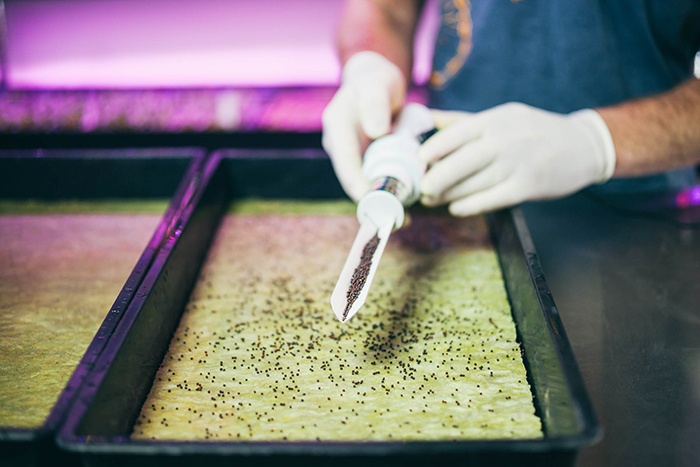

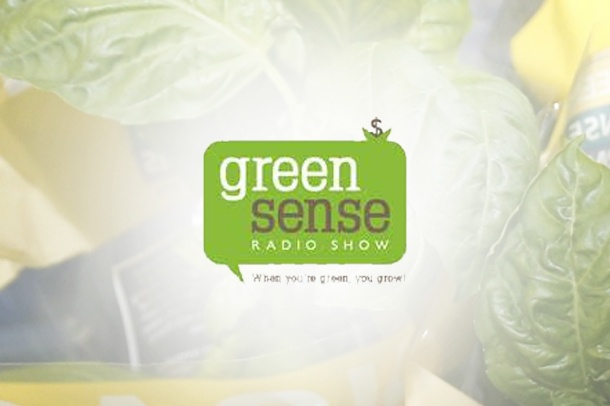





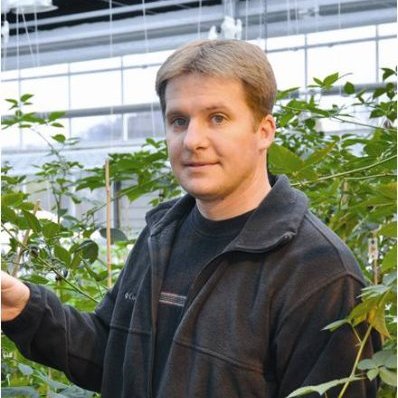
 Dean Kopsell, University of Tennessee
Dean Kopsell, University of Tennessee ISSUE 14 INCLUDES:
ISSUE 14 INCLUDES: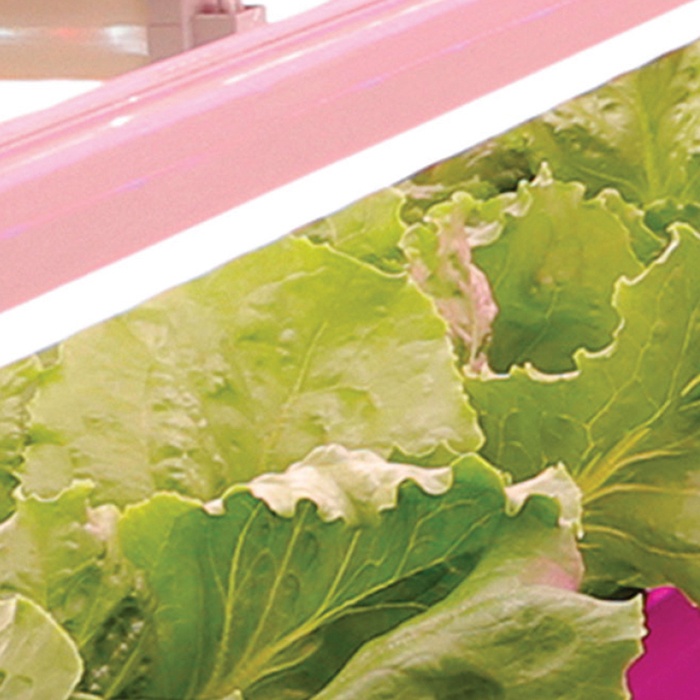



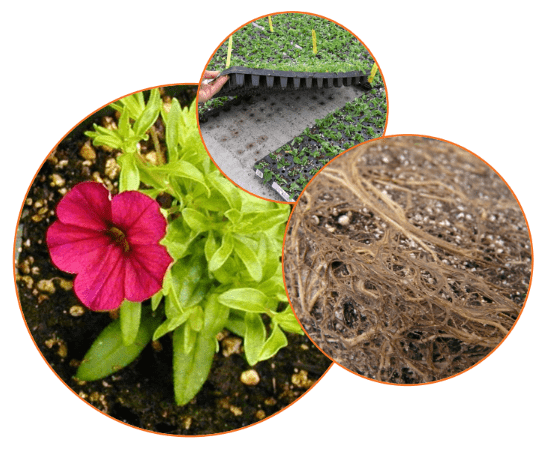
 The online course “Nutrient Management (Level 1)/Manejo de Nutrientes (Nivel 1)” offered by University of Florida IFAS Extension (UF) helps growers make better crop management decisions. This course is designed for US and international growers that have practical experience or entry university level, and are in production, technical or sales roles
The online course “Nutrient Management (Level 1)/Manejo de Nutrientes (Nivel 1)” offered by University of Florida IFAS Extension (UF) helps growers make better crop management decisions. This course is designed for US and international growers that have practical experience or entry university level, and are in production, technical or sales roles



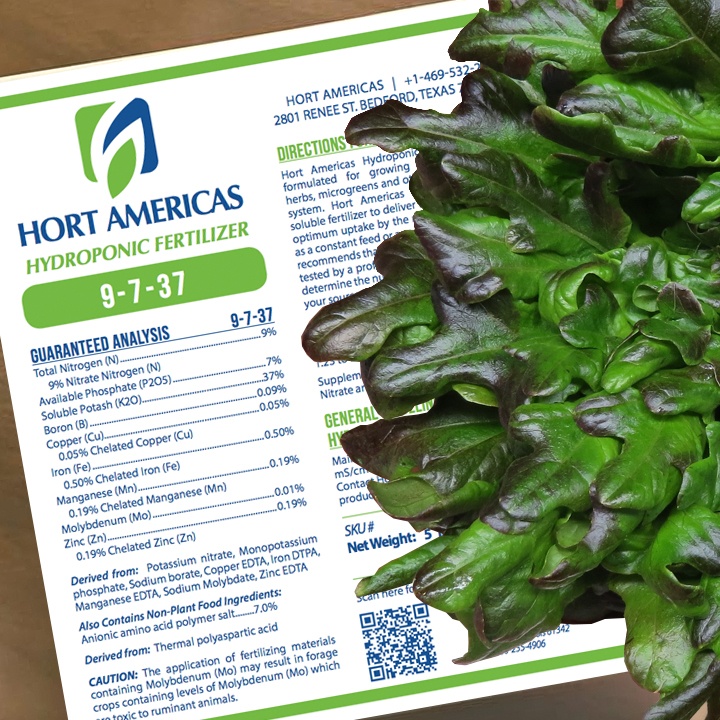

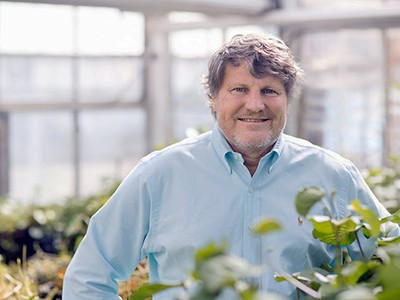
 Dr. Frits Went and the Pursuit of the McCree Curve
Dr. Frits Went and the Pursuit of the McCree Curve









You must be logged in to post a comment.